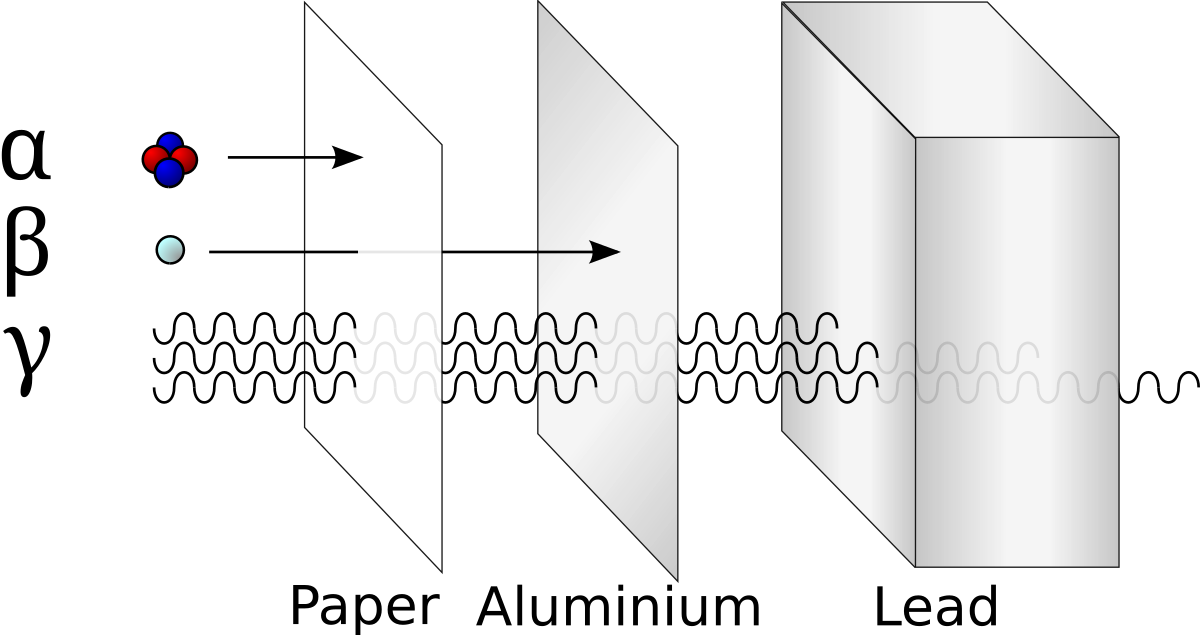Philosopher
William of Ockham discussed action at a distance to explain
magnetism and the ability of the Sun to heat the Earth's atmosphere without affecting the intervening space.
[2]
Efforts to account for action at a distance in the theory of electromagnetism led to the development of the concept of a
field which mediated interactions between currents and charges across empty space. According to field theory, we account for the
Coulomb (electrostatic) interaction between charged particles through the fact that charges produce an
electric field around themselves that can be felt by other charges as a
force.
Maxwell directly addressed the subject of action-at-a-distance in chapter 23 of his
A Treatise on Electricity and Magnetism in 1873.
[3] He began by reviewing the explanation of
Ampère's formula given by
Gauss and
Weber. On page 437 he indicates the physicists' disgust with action at a distance. In 1845 Gauss wrote to Weber desiring "action, not instantaneous, but propagated in time in a similar manner to that of light". This aspiration was developed by Maxwell with the theory of an
electromagnetic field described by
Maxwell's equations, which used the field to elegantly account for all electromagnetic interactions, now also including light (which, until then, had only been suspected as a related phenomenon). In Maxwell's theory, the field is its own physical entity, carrying momenta and energy across space, and action-at-a-distance is only the apparent effect of local interactions of charges with their surrounding field.
Electrodynamics was later described without fields (in
Minkowski space) as the direct interaction of particles with
lightlike separation vectors.[
dubious – discuss] This resulted in the Fokker-Tetrode-Schwarzschild action integral. This kind of electrodynamic theory is often called "direct interaction" to distinguish it from field theories where action at a distance is mediated by a localized field (localized in the sense that its dynamics are determined by the nearby field parameters).
[4] This description of electrodynamics, in contrast with Maxwell's theory, explains apparent action at a distance not by postulating a mediating entity (a field) but by appealing to the natural geometry of special relativity.
Direct interaction electrodynamics is explicitly symmetrical in time and avoids the infinite energy predicted in the field immediately surrounding point particles. Feynman and Wheeler have shown that it can account for radiation and
radiative damping (which had been considered strong evidence for the independent existence of the field). However, various proofs, beginning with that of
Dirac, have shown that direct interaction theories (under reasonable assumptions) do not admit
Lagrangian or
Hamiltonian formulations (these are the so-called
No Interaction Theorems). Also significant is the measurement and theoretical description of the
Lamb shift which strongly suggests that charged particles interact with their own field. Fields, because of these and other difficulties, have been elevated to the fundamental operators in
Quantum Field Theory and
Modern physics has thus largely abandoned direct interaction theory.







